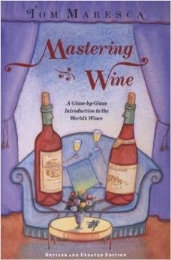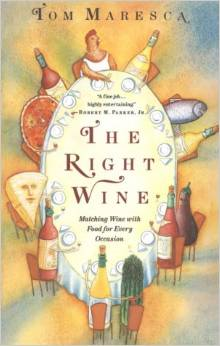Every April, the increasingly important Campania Stories, an event presenting new releases of a great many Campanian winemakers, convenes in Naples. This year, it grew a new appendage, a day devoted to Basilicata Stories.
This is to my mind a very promising development: I think the south of Italy is making some of the most exciting wines in the whole realm of wine, and it needs to find a way to make its case to the world. An event like this, which could bring together all the wonderful produce of Italia meridionale, may be just the venue it needs.
Basilicata, for those unfamiliar with Italian geography, is the province at the bottom of the Italian peninsula, jammed in between Puglia to the east, Campania to the northwest, and Calabria to the southwest. If Puglia is the shank and heel of the Italian boot, and Calabria the toe, then Basilicata is the instep – and like insteps everywhere, it doesn’t get much attention. I hope that will be changing soon.
The event in Naples presented 45 wines from 18 producers in its blind tasting. Almost three-quarters of the wines were red, vinified in large part from Primitivo and Aglianico, with a very small admixture of Merlot and Cabernet sauvignon. Most of the Primitivo wines originated in the eastern end of Basilicata, where the terroir and the grapes seem to be almost a continuation of Puglia. Aglianico is far and away the most important and most widely planted variety in the region, with Aglianico del Vulture Superiore, Basilicata’s only DOCG, pre-eminent.
This has been so for a long time. I remember visiting Rionero in Vulture decades ago, when it was a sleepy country town,* and the only winemakers of note in the area were Donato d’Angelo and, to a lesser extent, Paternoster; and the only wine of distinction in Basilicata was Aglianico del Vulture. The Monte Vulture that lends its name to the zone and appellation is a long-dormant, probably extinct, volcano, high and windy – so windy, that, as I recall, Aglianico vines were grown very close to the ground and surrounded by little teepees of reeds around which the vines could twine and shelter the grapes.
I haven’t been back, but I suspect that is probably no longer the case. There are certainly many more producers now than there were then, and many more Aglianico appellations. Much has no doubt changed about the fieldwork with Aglianico, and this Naples tasting certainly showed that the wine, already fine back then, has gotten even better.
Basilicato Aglianico differs greatly from Campanian versions of the wine. Different clones and different soils yield a softer version of this great red wine: the same luscious black-cherryish fruit, and the same fine acid/tannin balance, but in its youth Aglianico from Basilicata is gentler on the palate, a little softer and more welcoming. It lacks the austerity of Taurasi, and it may – I’m not sure – lack Taurasi’s aging ability, but it retains all its complexity and interest. I found the samples I tasted delightful, especially those of the 2011 vintage, which were remarkably fresh and pleasing. Here is a short list of the Basilicata Aglianicos that pleased me most:
- Cantina di Venosa Aglianico del Vulture Verbo 2015
- Cantine del Notaio Aglianico del Vulture La Firma 2013
- Cantine del Notaio Aglianico del Vulture Il Sigillo 2011
- Colli Cerentino Aglianico del Vulture Masqito 2011
- D’Angelo Casa Vinicola Aglianico del Vulture Caselle 2012
- Elena Fucci Aglianico del Vulture Titolo 2016
- Lagala Aglianico del Vulture Aquila del Vulture 2011
- Lagala Aglianico del Vulture Massaron Riserva 2009
- Lagala Aglianico del Vulture Nero degli Orsini 2011
- Lagala Basilicata Rosso Maddalena 2016
- Carmelitano Musto Aglianico del Vulture Pian del Moro 2013
- Ripanera Basilicata Rosso Sansavino 2016
Only some of these wines – those in red – are at present imported into the US, but I suspect that will be changing as attention begins to be paid to this important variety and to the whole zone.
I’m not sure I can say the same about Basilicata’s Primitivo wines. Although I found many of them charming, these wines are so overshadowed by the better-known and better-distributed Primitivi coming from Puglia that I fear it will take them a good while to break into the American market. For their sake, and for the consumer’s sake, I hope I’m wrong.
* * *
* Purely personal history: It was around 1980 when Diane and I visited Donato d’Angelo, and Diane was gawked at along the whole length of the main street of Rionero as probably the tallest woman ever seen there. She then created what seemed to be the scandal of the year by entering the café with us boys and having an espresso at the bar. The times they have a-changed, especially in the Italian south.










